Maximize revenue across every flight with market-leading forecasting and real-time dynamic pricing, and unlock offer optimization capabilities.
Drive AI-fueled, personalized dynamic offers with PROS Offer Optimization. And rest assured they are revenue-optimal. Across every flight. For every customer. And on every distribution channel. Innovate toward dynamic pricing and keep legacy conversion and compatibility for as long as needed.
Experience the best results in the industry.
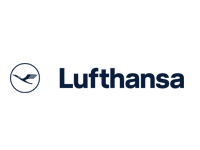
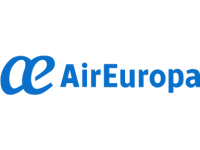
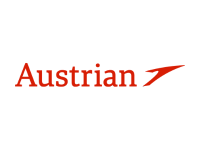
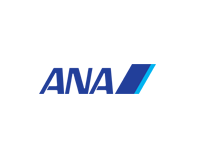
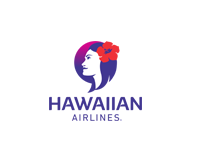
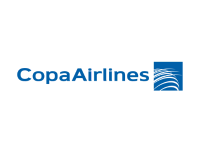
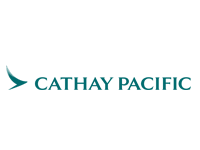
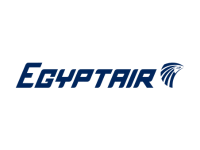
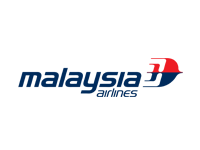


In today’s competitive landscape, your choice in vendors is more important than ever. PROS is the proven market-leader in airline forecasting, and continued investment and innovations will allow you to enable new, first-to-market capabilities like Continuous Pricing, Request Specific Pricing, and Dynamic Ancillary Pricing.
Explore the PROS products for Offer Optimization. Advance revenue operations with best-of-breed AI-powered software for airline revenue management, pricing, and ancillary optimization.
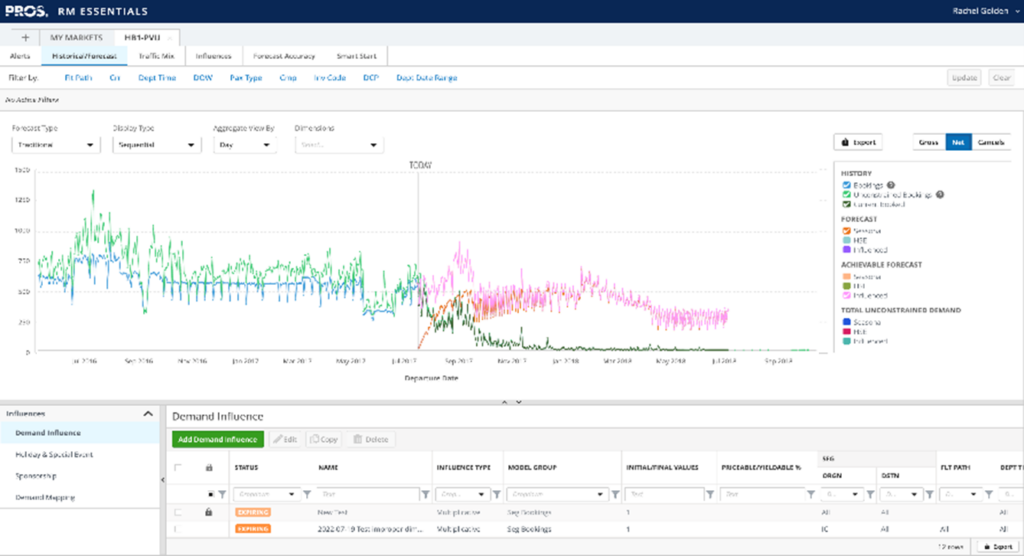
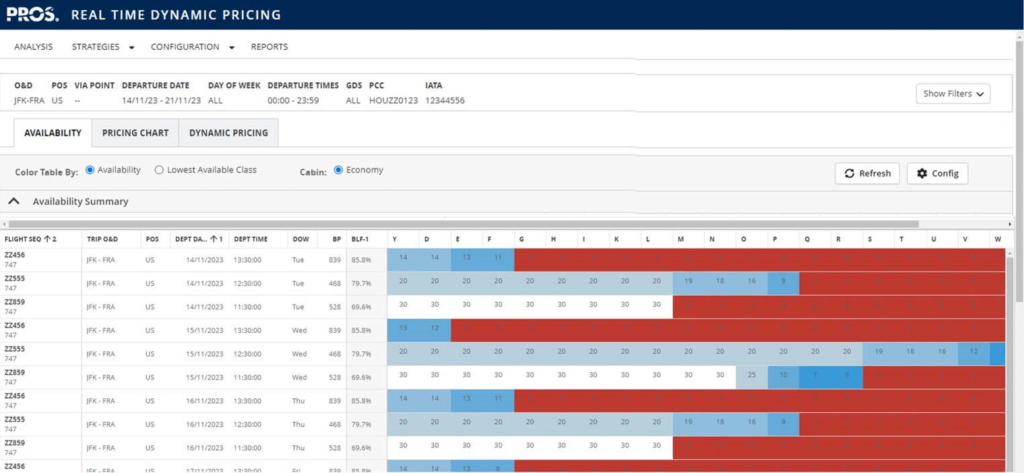
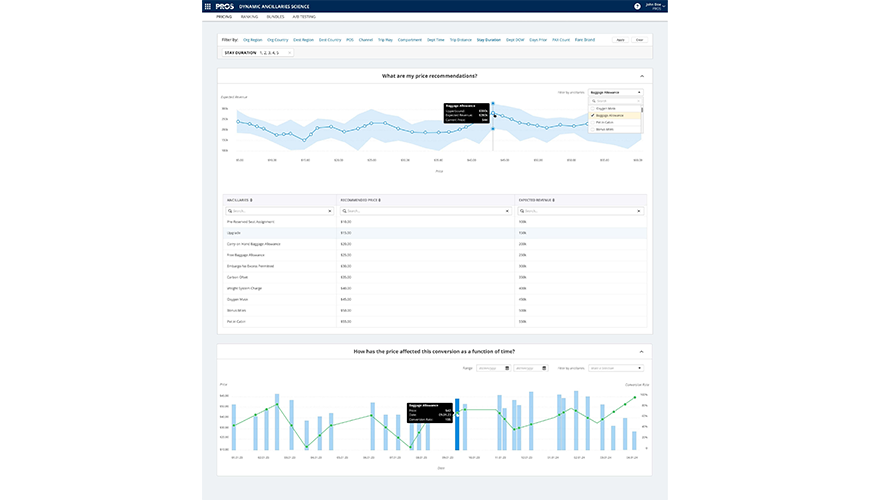
Bring offer optimization to life across sales channels
Present dynamic offers across marketing channels
Launch order-native repository, servicing delivery and fulfillment